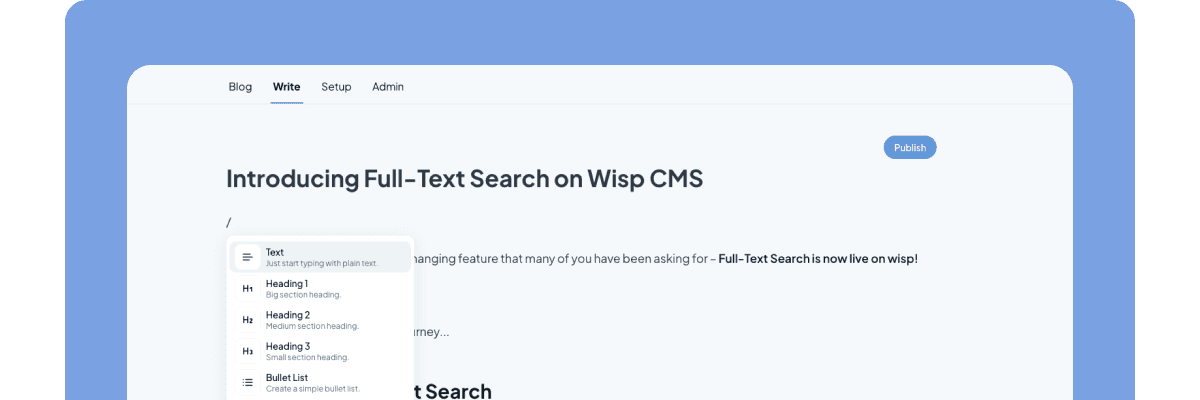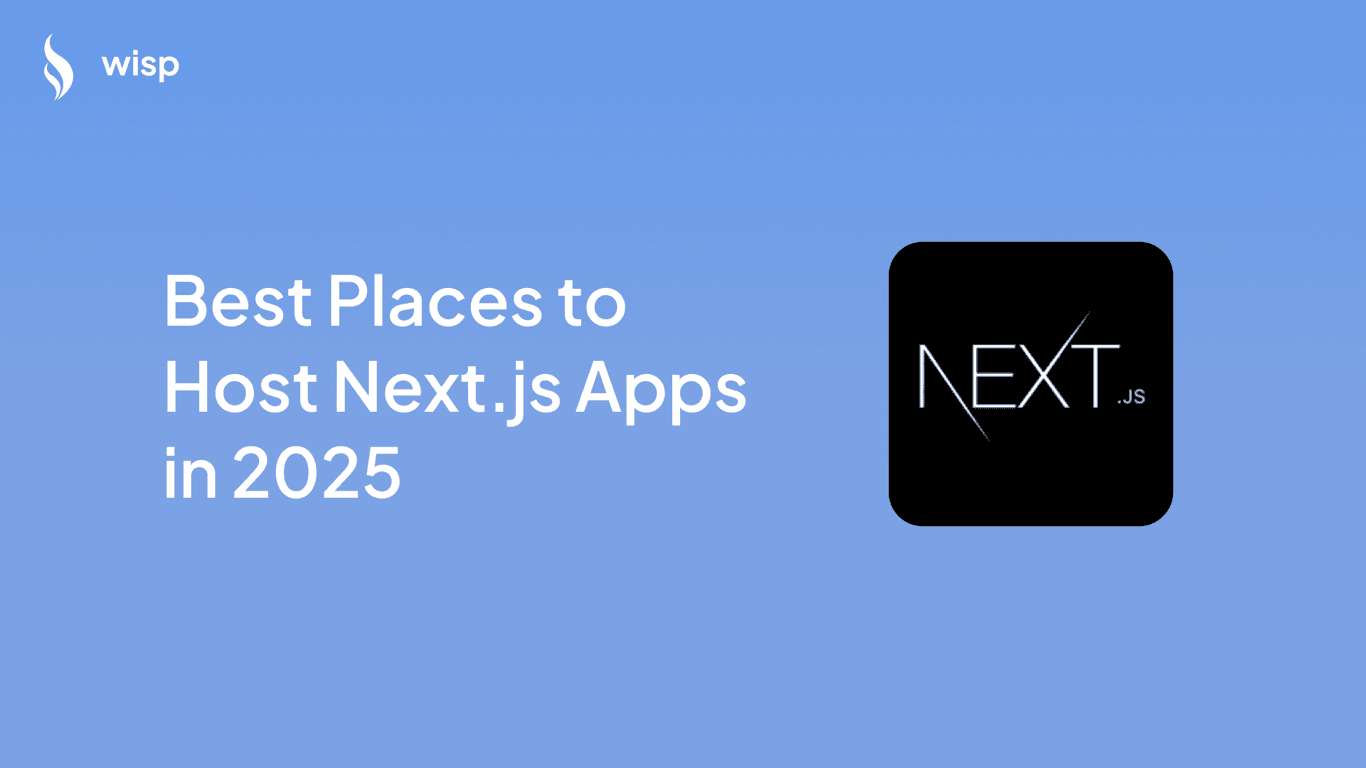
You've built an impressive Next.js application and now comes the crucial decision - where to host it? As you research your options, you're probably feeling overwhelmed by the choice between Vercel, the platform specifically designed for Next.js, and AWS, the cloud computing giant. The stakes feel especially high when this might be your first significant deployment, and you're anxious about getting everything right - from security to scalability.
Many developers find themselves in this exact position, particularly when their project needs to handle substantial traffic (think 10,000-20,000 monthly users) while maintaining tight security standards. The pressure to make the right choice is real, especially when you're working against deadlines and trying to manage costs effectively.
Let's dive deep into both platforms to help you make an informed decision that aligns with your project's needs.
Understanding Next.js and Hosting Requirements
Before we compare hosting options, it's essential to understand what makes Next.js unique and why hosting requirements matter. Next.js is a powerful React framework that's revolutionized how we build full-stack web applications. It offers several key features that your hosting solution needs to support effectively:
File-system Based Routing: Next.js uses your project's file structure to create routes automatically
Flexible Rendering Options: Support for both server-side rendering (SSR) and static site generation (SSG)
API Routes: Built-in API endpoint creation without needing a separate backend
Image Optimization: Automatic image optimization and delivery
Edge Functions: Serverless functions that run at the edge of the network
These features make Next.js incredibly powerful, but they also mean your hosting solution needs to be capable of handling these various rendering methods and serverless functions efficiently.
Vercel: The Native Platform
Vercel, created by the same team behind Next.js, offers what many consider the most straightforward path to deployment. When you deploy on Vercel, you get:
Zero Configuration: Push your code and it just works
Automatic Preview Deployments: Every pull request gets its own preview URL
Edge Network: Global CDN for fast content delivery
Built-in Analytics: Real-time performance monitoring
Seamless Git Integration: Automatic deployments from your repository
However, as many developers have discovered, this convenience comes with considerations. As one developer noted in a Reddit discussion, "If you're starting, Vercel is good to have everything up and running quickly without any thought. But the moment your product starts to scale, you'll face the money issue of Vercel."
AWS: The Flexible Giant
Amazon Web Services (AWS) offers a more customizable but complex approach to hosting Next.js applications. You have several options within the AWS ecosystem:
AWS Amplify: A platform similar to Vercel but integrated with AWS services
Elastic Container Service (ECS): For containerized deployments
Elastic Beanstalk: For traditional web application hosting
Lambda + API Gateway: For a completely serverless setup
The flexibility of AWS comes with both advantages and challenges. As developers in the community have shared, AWS provides more control over your infrastructure but requires more technical expertise to set up and maintain.
Cost Considerations
One of the most frequently discussed topics in the developer community is hosting costs. Here's what you need to know:
Vercel Pricing:
Generous free tier for hobby projects
Team plans starting at $20/month
Usage-based pricing that can increase significantly with traffic
Some developers report unexpected cost spikes with high traffic
AWS Pricing:
Pay-as-you-go model
More complex pricing structure
Generally more cost-effective at scale
Requires careful monitoring and optimization
As one developer shared on Reddit: "I've been seeing a lot of posts about how expensive Vercel can get if the website gets decent traffic." This concern has led many to explore AWS as a more cost-effective solution for scaling applications.
Security Considerations
Security is a major concern, especially for first-time deployments. Both platforms offer robust security features, but they approach it differently:
Vercel Security:
Built-in DDoS protection
Automatic HTTPS
Easy integration with Next-auth
Managed security updates
AWS Security:
Comprehensive security tools (AWS WAF, Shield, etc.)
Fine-grained access control with IAM
Multiple authentication options (Cognito, etc.)
Compliance certifications for various standards
Practical Considerations and Common Challenges
File System Access and Storage
One significant limitation that developers often encounter with Vercel is restricted filesystem access. As highlighted in community discussions, this can be particularly challenging when dealing with file uploads like PDFs and images.
The recommended solution for both platforms is to use AWS S3 for file storage:
# Example of uploading files to S3
aws s3 cp localfile.pdf s3://yourbucketname/Deployment and Maintenance
Vercel Deployment:
Git-based deployments
Automatic branch previews
Simple rollbacks
Minimal DevOps knowledge required
AWS Deployment:
Multiple deployment options
More complex CI/CD setup required
Greater control over deployment process
Requires DevOps expertise
Scaling Considerations
When it comes to scaling, both platforms have different strengths:
Vercel Scaling:
Automatic scaling
Global edge network
Limited configuration options
Can become costly at scale
AWS Scaling:
Highly customizable scaling options
Multiple regions available
More control over resources
Cost-effective at scale with proper optimization
Development Experience
The development experience varies significantly between platforms:
Vercel:
# Simple deployment command
vercel deployAWS:
# Example AWS deployment using CDK
cdk deployMaking Your Decision
Based on the experiences shared by the developer community and practical considerations, here's a framework for making your decision:
Choose Vercel if:
You're deploying your first significant Next.js project
You need rapid deployment and minimal configuration
Your project is small to medium-sized
You value development experience over cost optimization
You don't need extensive customization
Choose AWS if:
You expect significant scaling needs
You require fine-grained control over infrastructure
Cost optimization is a priority
You have DevOps expertise available
You need specific compliance requirements
Conclusion
The choice between Vercel and AWS isn't just about technical capabilities – it's about finding the right fit for your specific needs, team expertise, and growth expectations. As one developer wisely advised on Reddit, "you should go with the option you are more comfortable with."
For many teams, starting with Vercel and migrating to AWS if needed is a practical approach. This allows you to benefit from Vercel's simplicity early on while keeping the option to scale with AWS's more complex but flexible infrastructure later.
Remember that both platforms are constantly evolving, and what might be a limitation today could be solved tomorrow. The key is to make an informed decision based on your current needs while keeping an eye on future requirements.
For more detailed information and community experiences, you can explore:
Whatever platform you choose, ensure you have a clear understanding of your project's requirements, growth expectations, and team capabilities to make the most informed decision possible.



